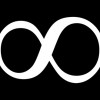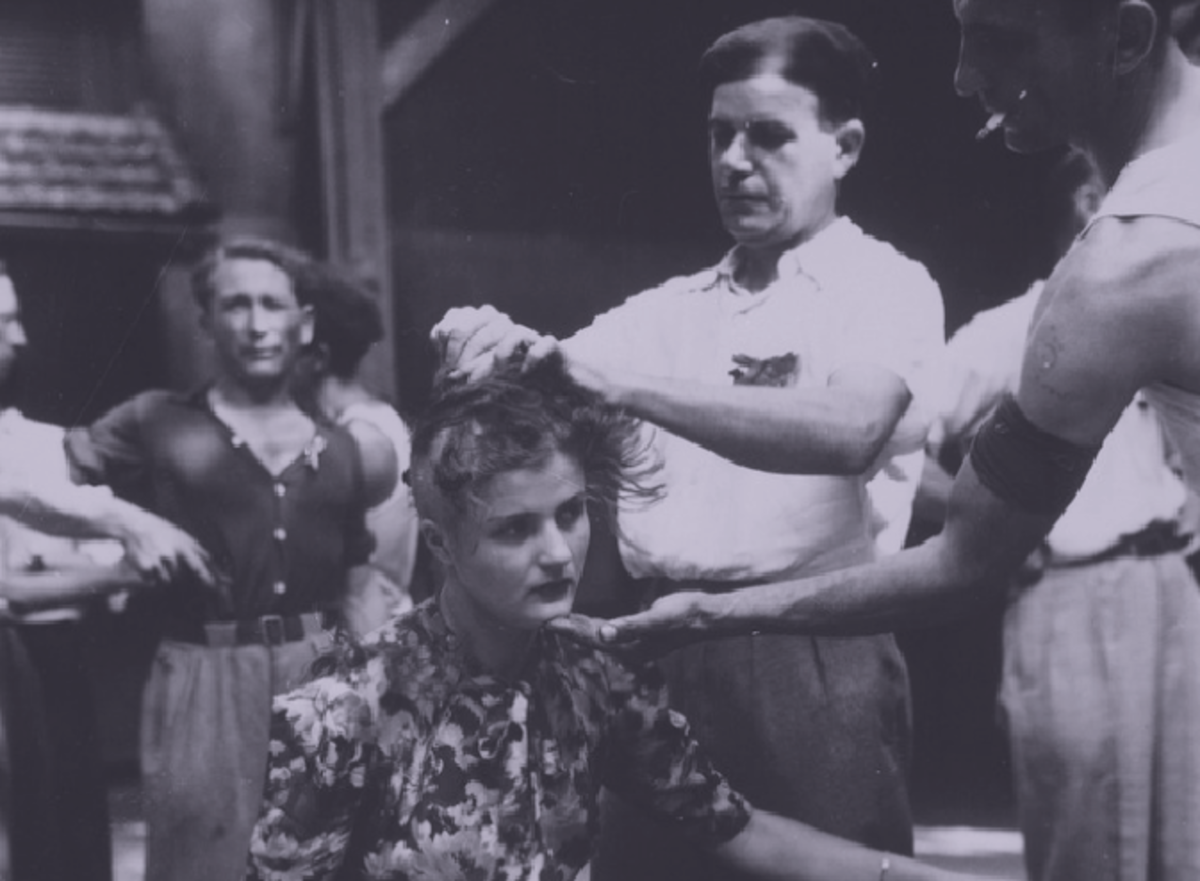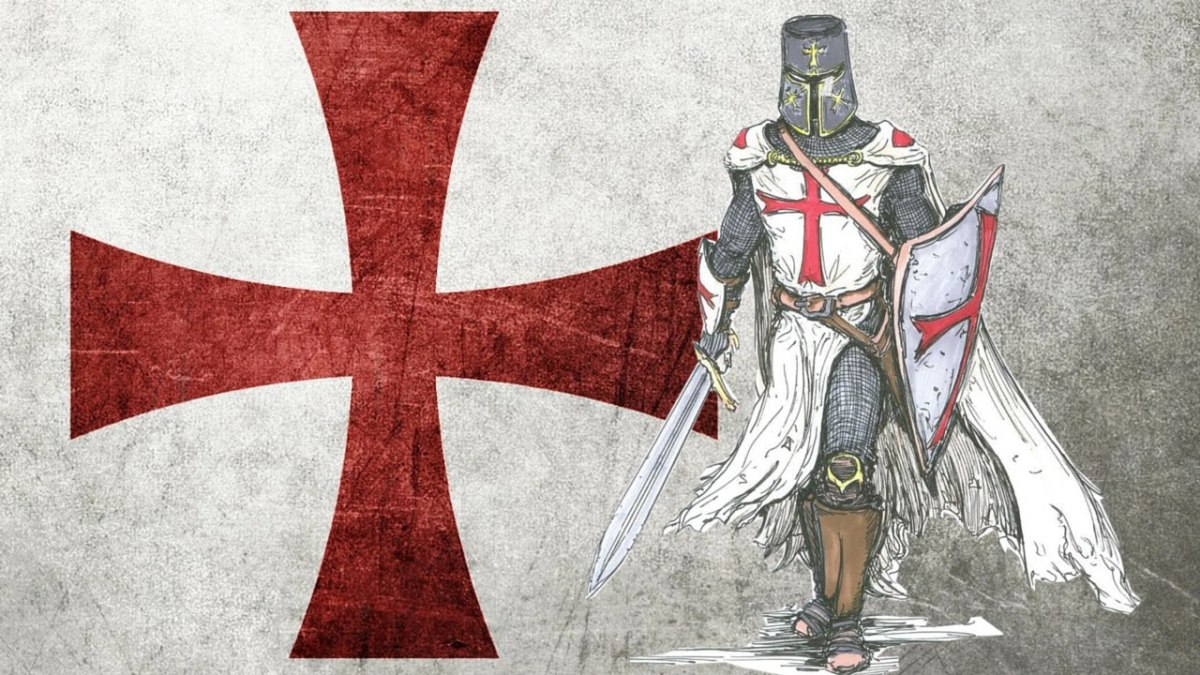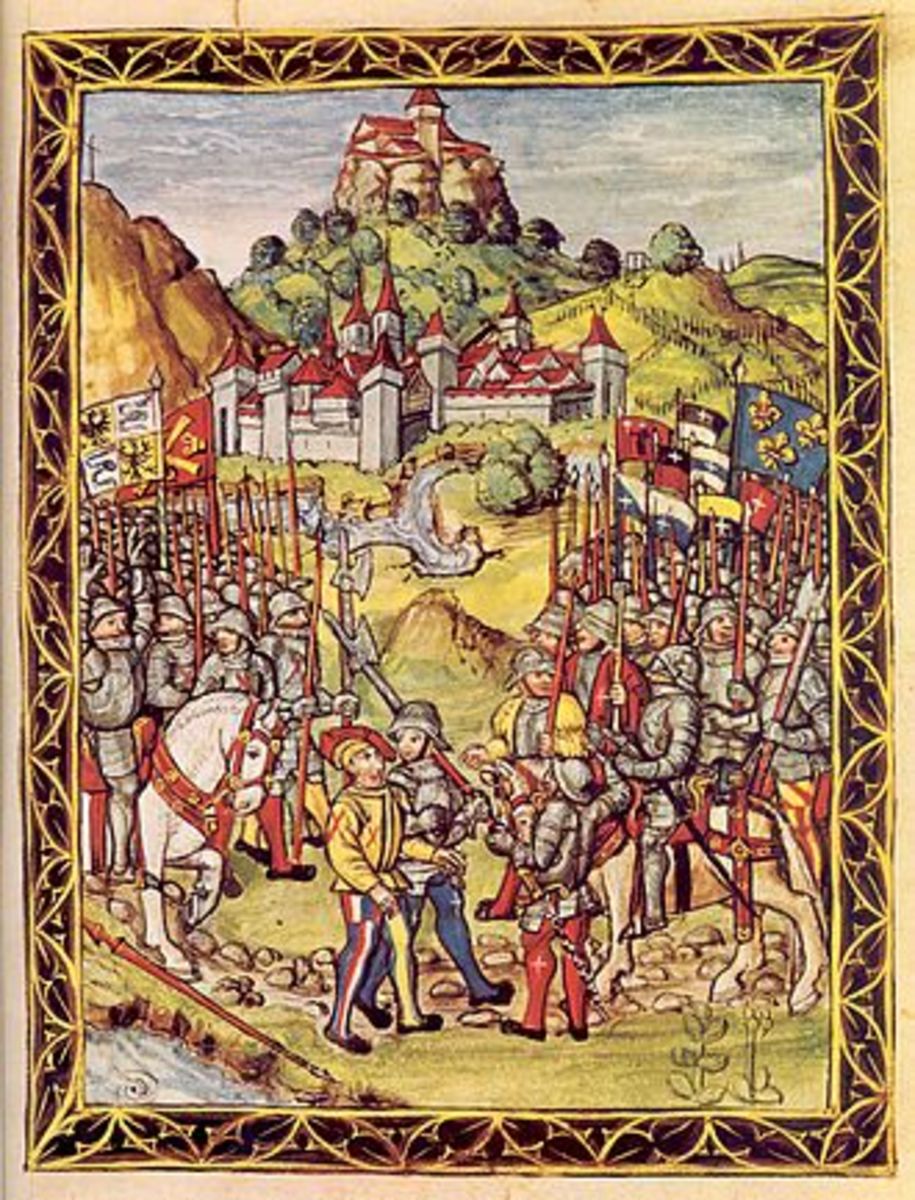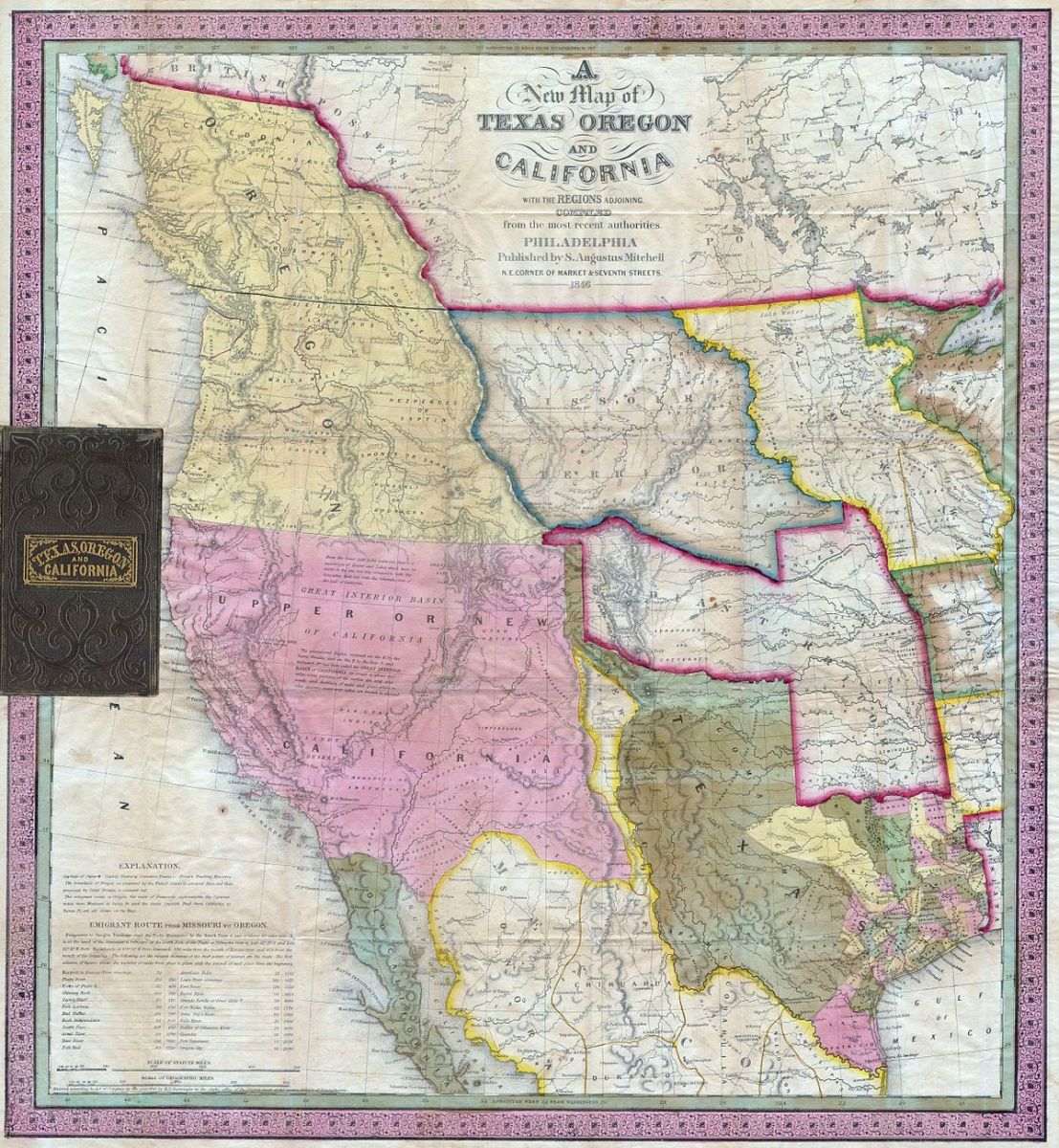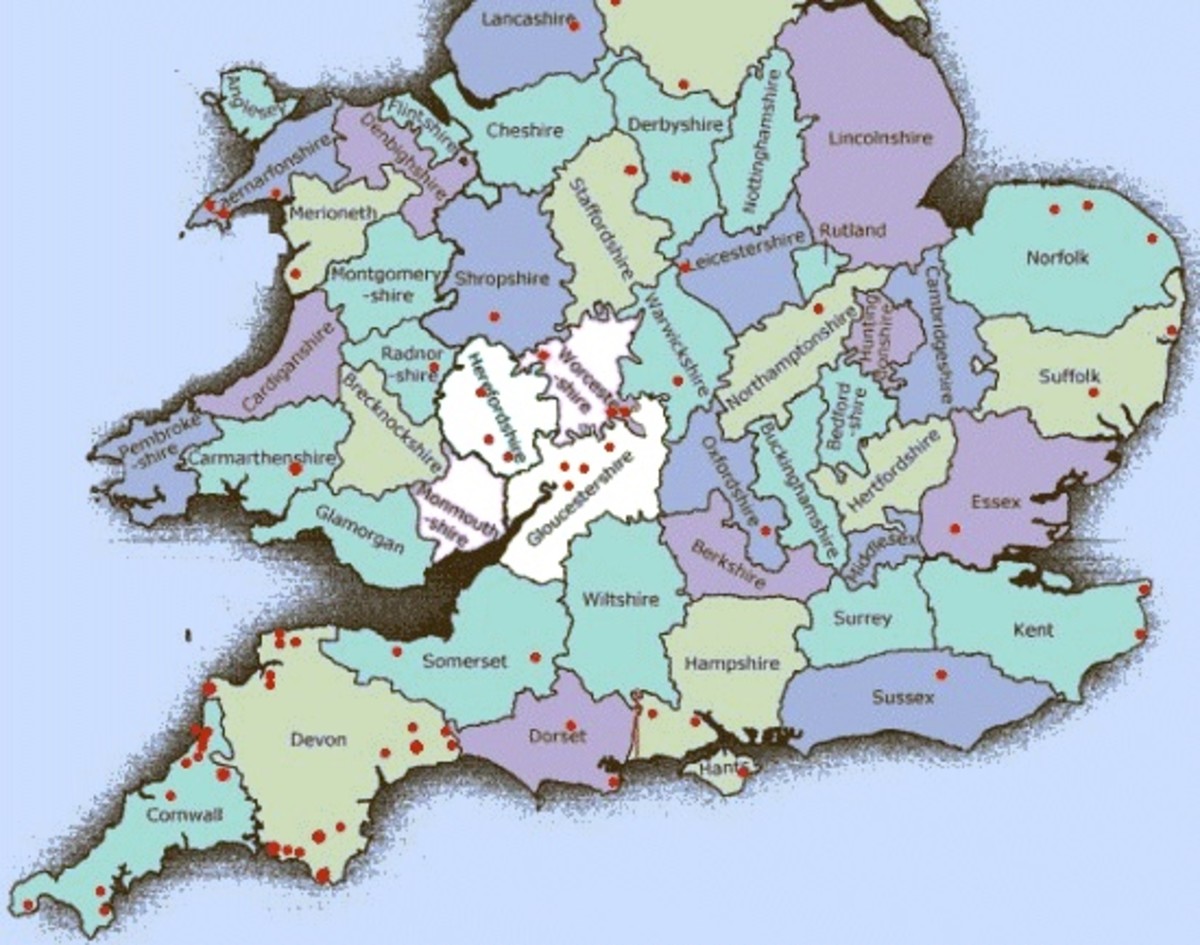Avignon Provence of France
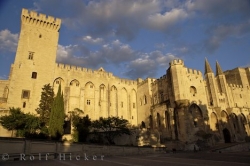
Avignon where the French Popes lived
In the year 2000, UNESCO declared the centre of Avignon (inside the old city walls) to be a World Heritage Site. This area includes the Palace of the Popes. A deadlocked conclave elected Clement V, a Frenchman, as Pope in 1305 CE after many months with no pope. Clement chose not to move to Rome, remaining in France, and in 1309 CE, he moved his court to the papal enclave at Avignon, where it remained for the next 68 years. In 1377 CE, Gregory XI moved his court back to Rome, officially ending the Avignon papacy.
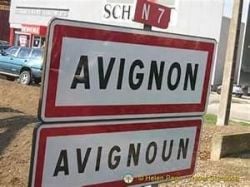
Ancient & Historical Avignon
Avignon, written as Avennio or Avenio in the ancient texts and inscriptions, takes its name from the Avennius clan. Founded by the Gallic tribe of the Cavares or Cavari, it became the centre of an important Phocaean (Greek) colony from Massilia (present Marseilles).
Under the Romans, Avenio was a flourishing city of Gallia Narbonensis, the first Transalpine province of the Roman Empire, but very little from this period remains (a few fragments of the forum near Rue Molière).
Avignon was part of the Frankish empire until 879 CE and then of the Holy Roman Empire until around 1200 by which time it declared its status as an independent republic. This republic ended in 1226 CE during the Albigensian crusade when Avignon came under seige and after 3 months the city was forced to surrender to King Louis VIII of France and the papal Legate.
In 1251 CE Avignon was made a common possession of counts Charles of Anjou and Alphonse de Poitiers, brothers of French king Saint Louis IX. In 1271 CE, at the death of Alphonse de Poitiers, Avignon was briefly united with the French crown.
But then in 1274 CE, Avignon became a possession of the popes, with Avignon itself, self-governing, under the overlordship of the Angevin count of Provence (who was also king of Naples). The popes were allowed by the count of Provence (a papal vassal) to settle in Avignon in 1308. The popes bought Avignon from the Angevin ruler for 80,000 florins in 1348 CE.
From then on until the French Revolution, Avignon was a papal possession, first under the schismatic popes of the Great Schism, then under the popes of Rome ruling via legates and vice-legates. Avignon did not become French until 1791 - under Napoleon. However Avignon's survival as a papal enclave was always somewhat precarious, as the French crown maintained a large standing garrison at Villeneuve-lès-Avignon just across the Rhone river.
Image Source Travel Sign Posts
Search Amazon for Books on Avignon and the South of France
Pont du Gard
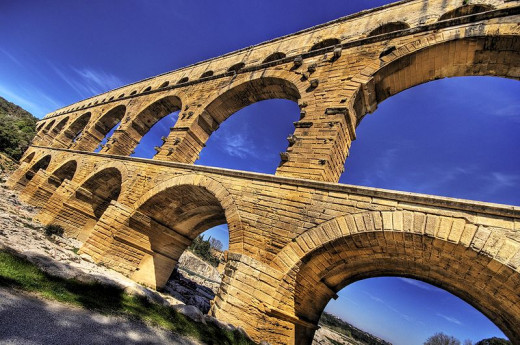
The Pont du Gard is a notable ancient Roman aqueduct bridge that crosses the Gard River in southern France. It is part of a 50 km (31 mi) long aqueduct that runs between Uzès and Nîmes in the South of France. It is located in Vers-Pont-du-Gard near Remoulins, in the Gard département. The aqueduct was constructed by the Romans in the 1st century CE and was added to UNESCO's list of World Heritage Sites in 1985.
It is the highest of all Roman aqueduct bridges. The bridge has three rows of arches, standing 48.8 m (160 ft) high, and formerly carried an estimated 200 million litres (44 million gallons) of water a day to the fountains, baths and homes of the citizens of Nîmes. The aqueduct descends in height by only 17 m (56 ft) over its entire length, indicative of the great precision that Roman engineers were able to achieve using only simple technology. It was possibly used until as late as the 9th century, well after the fall of Rome. However, lack of maintenance after the 4th century meant that it became increasingly clogged by mineral deposits and debris that eventually choked off the flow of water.
Wikipedia
Palace of the Popes in Avignon - Palais des Papes et Avignon
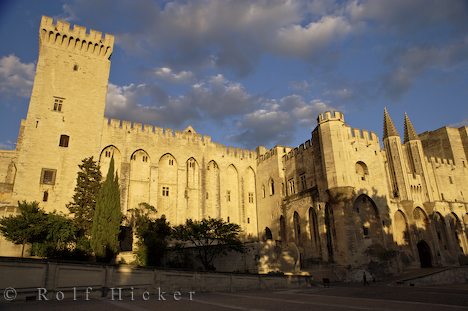
Pope Clement V moved the Papal court from Rome to Avignon in 1309 due to factional problems and a scheming Philippe IV of France. At the time the building was quite small, but over the next 60 years, it was transformed into the spectacular, historic fortress-palace we see today. While the Papal court resided in Avignon, the Palais des Papes saw seven Popes reign.
The exterior of this historic palace looks very forbidding, however the rooms and halls inside are covered with fantastic frescoes of artists Giovanni Luca and Matteo Giovannetti. Unfortunately in 1413 many paintings and tapestries were destroyed by fire. The historic Palais des Papes in France is also the venue each year for the Avignon Festival in July.
Stock Photo - Hicker Photos
The French Popes
The legitimate Popes who resided in Avignon were:
Pope Clement V: 1305–1314
Pope John XXII: 1316–1334
Pope Benedict XII: 1334–1342
Pope Clement VI: 1342–1352
Pope Innocent VI: 1352–1362
Pope Urban V: 1362–1370
Pope Gregory XI: 1370–1378
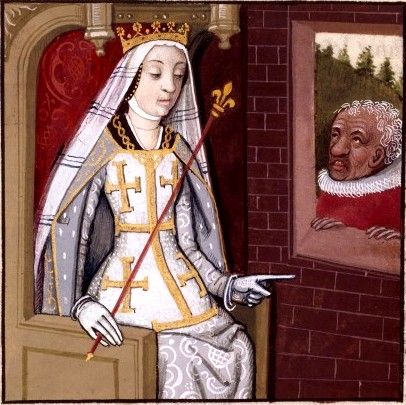
Queen Joanna of Naples
Joanna Queen of Naples (1328 - 1382) was also the Countess of Provence which means she was in control of Avignon during the time of the Avignon papacy. She supported the Avignon popes and then was tried by them when she was brought before them as a murderer and as a heretic in 1380. Her first husband (Andrew of Hungary) had been strangled to death and the nobility of both Naples and Hungary wanted revenge.
Both the French royal family and the Antipope Clement VII counted on Naples and Joanna to give them a foothold in Italy to resolve the schism by brute force. In April 1380, Pope Urban VI declared Joanna to be a heretic and her kingdom (a papal fief) to be forfeit and Urban bestowed it upon Charles of Durazzo (Joanna's heir at that time). Joanna had given birth to 3 children but none of them lived to adulthood. Charles was married to Joan's niece Margaret - daughter of Joan's sister Maria.
Joanna reacted to Pope Urban's move (of declaring her a heretic in 1380), by switching the inheritance to Louis I of Anjou, brother of King Charles V of France. Since Louis was unable to visit Naples and was forced to remain in France, Charles of Durazzo was recognized as King of Naples by Pope Urban VI on 1 June 1381 and with Hungarian support, he advanced on Naples and imprisoned Joan 1 in Naples. He later had her strangled in 1382
Pont Du Gard
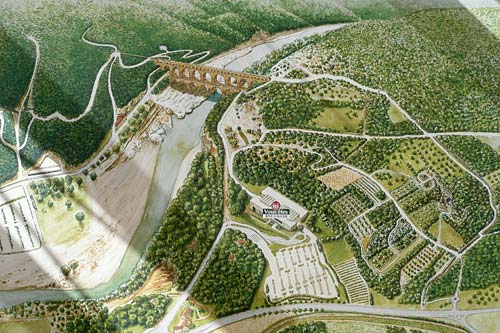
Pont du Gard Pictures and Guide
Photos and map courtesy of the Public Information Centre
The children's song - Sur le pont d'Avignon
Avignon is commemorated by the French children's song, "Sur le pont d'Avignon" ("On the bridge of Avignon"), which describes folk dancing. The bridge of the song is the Saint Bénézet bridge, over the Rhône River, of which only four arches (out of the initial 22) remain which start from the Avignon side of the river. In fact people would have danced beneath the bridge (sous le pont) where it crossed an island (Ãle de Barthelasse) on its way to Villeneuve-lès-Avignon. The bridge was initially built between 1171 and 1185, with an original length of some 900 m (2950 ft), but it suffered frequent collapses during floods and had to be rebuilt several times. Several arches were already missing (and spanned by wooden sections) before the remainder were destroyed in 1660.
Wikipedia - with words to the song and a music file
